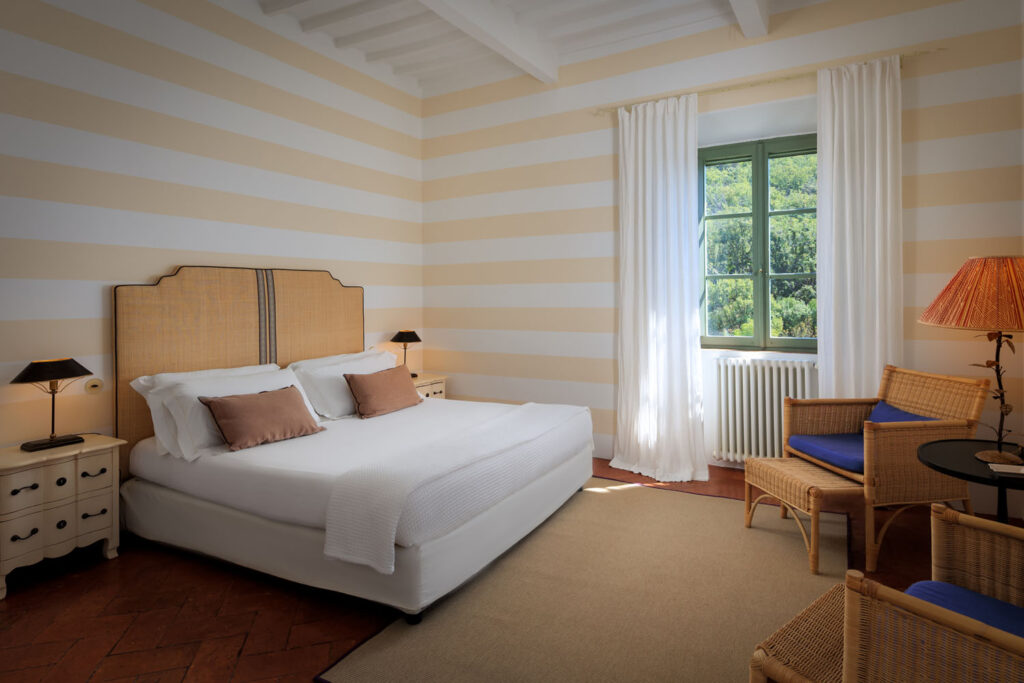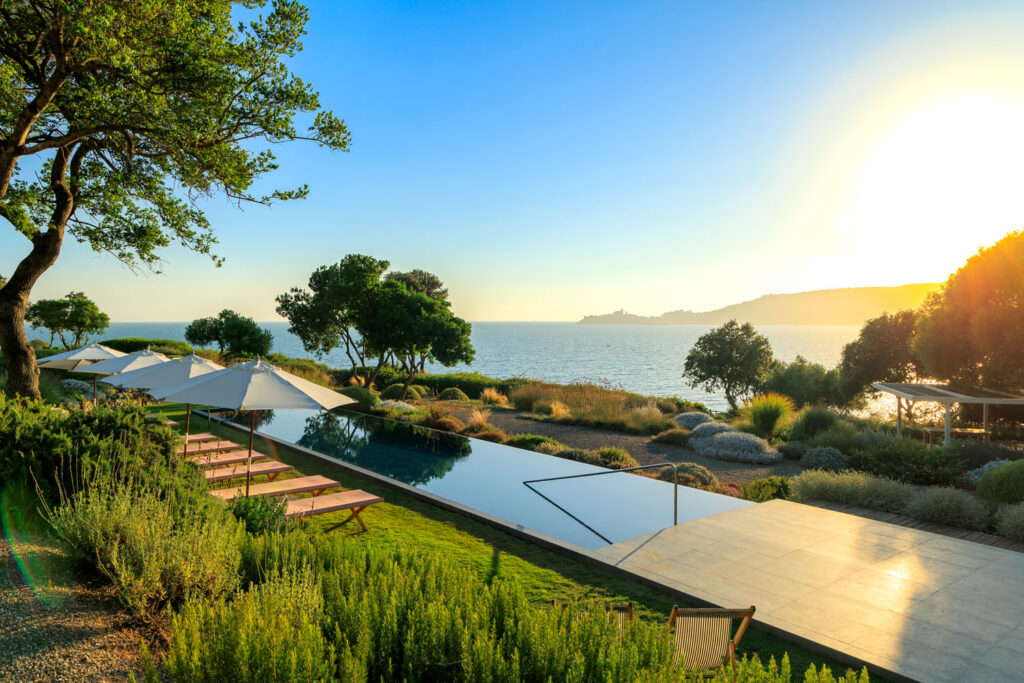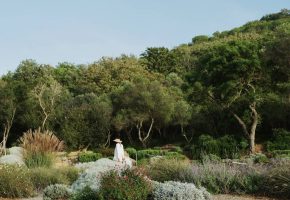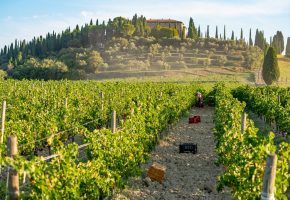Castiglione della Pescaia
DON’T MISS
Casa Rossa Ximenes and Multimedia Museum. The so-called ‘Red House’ just outside the town was built by the Jesuit engineer Leonardo Ximenes (1767-68) on the channel of the Castiglione marshlands, as part of the land reclamation work promoted by the Lorena family. It was intended to regulate the flow of water, so as to keep the level high in every season and thus avoid stagnation. The machines still work, even if they are no longer used. Inside is an interactive Multimedia Museum that illustrates the characteristics of the Diaccia Botrona Nature Reserve and the avifauna present there.
HISTORY
Castiglione della Pescaia is the modern day ancient Roman settlement of Salebrum, a city along the Via Aurelia. All that’s left of Salebrum is the thermal spa in Le Paduline on the outskirts of the town. The centre had to have had a certain importance, thanks mostly to its strategic position at the entrance of the ancient Lake Prile, a wide navigable lagoon that occupied a good part of the plain of Grosseto in Roman times. Finds from the 18th century reclamation testify to the life of the city from the III century BC at the IV century AD.
The name Castellione de Piscaria appears for the first time in a document dated 1163, when all this stretch of coast was controlled by the Republic of Pisa, which was responsible for the construction of the city’s first defensive tower. The formal possession of the town, however, was disputed between the Abbey of Sant’Antimo and the lords of Buriano, who eventually prevailed (1229), even if, for a few decades, the city managed to gain autonomy and establish itself as a free municipality. The flourishing economy of Castiglione, based on its port activities and the exploitation of fishing in the homonymous lagoon (heir of the ancient Lake Prile), suffered a serious crisis with the progressive swamping of the latter, a crisis further aggravated by the outbreak of the plague (14th century). Under the protection of Florence, it was occupied in 1446, like most Maremman cities, by Alfonso di Aragona, who fortified it by extending the walls. In 1460, through the mediation of Pope Pius II, it was sold to the Piccolomini family along with the island of Giglio. Occupied by the Spaniards during the war of Siena (1555), it was sold by Silvia Piccolomini, the last heir of the family, to Eleonora di Toledo, the wife of Cosimo I de’Medici. Upon her death, Castiglione became part of the Grand Duchy of Tuscany. The dangerous environmental conditions linked to the marshes of the area reduced population numbers over time until the Lorena reclaimed the swamplands, giving new impetus to the city’s economy, which in the 1800s represented the most important fishing centre in the region. This period of growing prosperity was briefly interrupted in the mid-1800s, when the railway that was being built did not lay down tracks near the city, but growth resumed at the beginning of the 1900s with the construction of the first beach resorts, forerunners of Castiglione’s tourism industry today.
HOW TO GET HERE (49 km)
Follow the Aurelia state road towards Grosseto and take the Grosseto Sud exit. When you arrive in Grosseto, continue along the railway and turn left as soon as the road becomes a two-way street; follow Via Fabio Massimo to the end and then turn right onto Via Giulio Cesare. When you reach a large roundabout, take the third exit (Via Nazario Sauro) and continue on the same road until you reach Castiglione della Pescaia.





